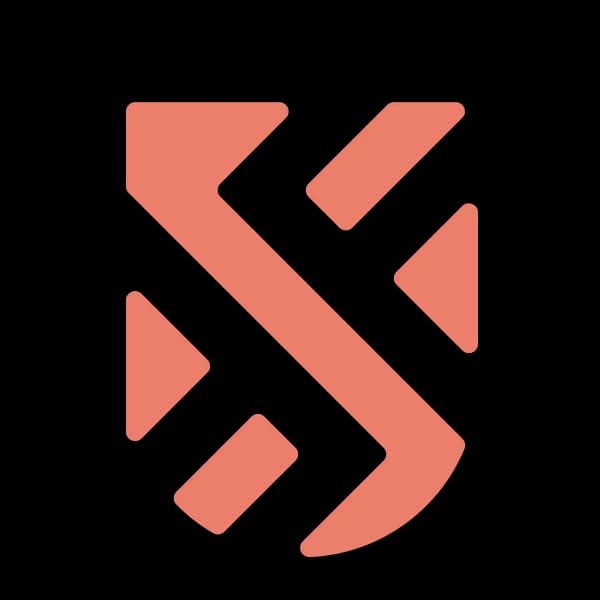Universal Fibers: products and EPD coverage
Universal Fibers is a go-to supplier of solution‑dyed carpet fiber for commercial interiors. They sell into many of the projects where EPDs tip a spec decision. Here is where their portfolio shines, where their environmental reporting stands today, and the quickest path to close any gaps.


Who they are, where they play
Universal Fibers manufactures solution‑dyed synthetic carpet fibers used in offices, healthcare, education, retail, and transportation. They focus on nylon 6, nylon 6,6, and specialty variations with recycled and bio‑based content. See their sustainability messaging and product family pages for context (Universal Fibers sustainability hub).
Product lineup at a glance
The portfolio centers on fiber families rather than finished carpet. Headliners include Thrive matter (nylon 6 and 6,6), Thrive 6, Thrive 6,6, Thrive Bio, Prisma, Prestiva, and an automotive range. Across deniers, lusters, and colorways, that translates to hundreds of SKUs, which is typical for solution‑dyed fiber.
EPD status today
Two product‑specific EPDs are current for Thrive matter nylon 6 and Thrive matter nylon 6,6, published with UL Solutions under the Part B PCR for synthetic carpet yarns and valid into 2027 (UL Solutions, 2025). These EPDs give downstream carpet mills a clean dataset for LEED‑oriented bids and can be used directly by project teams that model embodied carbon in interiors.
What remains uncovered
We did not find published EPDs for several named families, including Thrive 6, Thrive 6,6, Thrive Bio, Prisma, Prestiva, or the automotive line. If those SKUs are active in commercial or institutional projects, there is likely revenue being left on the table when a spec requires a product‑specific EPD. That is a spec risk, plain and simple, and it is definately fixable.
Competitive pressure to expect
Aquafil’s ECONYL bulk continuous filament yarn has an EPD on EPD International that stays current through 2028, which gives carpet mills and specifiers a ready alternative when an EPD is mandatory (EPD International, 2023). Several carpet manufacturers also publish product EPDs that reference nylon 6 or 6,6 inputs, which normalizes EPD expectations across corporate interiors and education fitouts (EPD International, 2024).
How many categories they serve
From a spec perspective, Universal Fibers is not a pure play in one niche. They cover multiple polymer types and segments, roughly half a dozen distinct product families for buildings, plus transportation. That breadth helps them follow customers across verticals, yet it also means EPD coverage needs to scale beyond two flagship SKUs to match how the products are actually sold.
The commercial why
Projects that quantify embodied carbon often assign penalties to products without product‑specific EPDs. That forces teams to either avoid the SKU or apply conservative defaults that make pricing the only lever. An up‑to‑date, third‑party verified EPD removes that friction, shortens Q&A cycles, and keeps fiber in the conversation when LEED‑oriented owners ask for documentation.
Fastest way to close the gap
Start with the highest‑volume colors and deniers in Thrive 6 and Thrive 6,6, then extend to Prisma or Prestiva. Pick the same PCR family competitors use so apples‑to‑apples comparisons stand up in procurement. Make data collection painless for plant teams, capture a full reference year of utilities and volumes, and coordinate with the program operator your major customers already reference. If a product is newly launched, a prospective EPD can get you in play, then refresh after a full production year.
Bottom line for specability
Universal Fibers already has credible environmental reporting for two marquee fibers, which is a strong foothold (UL Solutions, 2025). Expanding that coverage to the rest of the active portfolio would reduce substitution risk and support carpet mills that want to claim more transparent supply chains. The companies that make EPD creation easy for internal teams will win back time and win more specs.
Frequently Asked Questions
Which Universal Fibers products have EPDs today and how long are they valid?
Thrive matter nylon 6 and Thrive matter nylon 6,6 have product‑specific EPDs published with UL Solutions, valid into 2027 (UL Solutions, 2025).
Do competitors offer fiber EPDs that specifiers might choose instead?
Yes. Aquafil’s ECONYL BCF yarn has a current EPD on EPD International, valid to 2028 (EPD International, 2023).
If a SKU lacks an EPD, can we still bid projects that require one?
You can bid, but teams often apply unfavorable default values or move to products with product‑specific EPDs. Publishing an EPD removes that hurdle.
